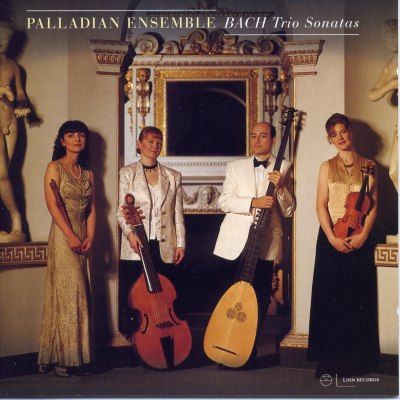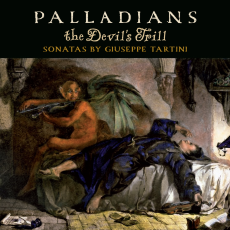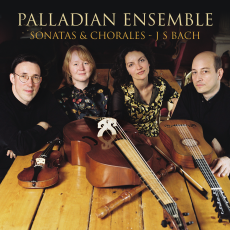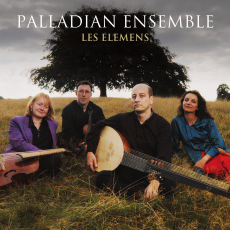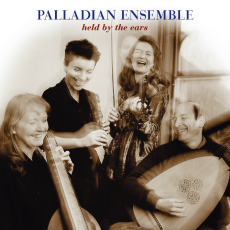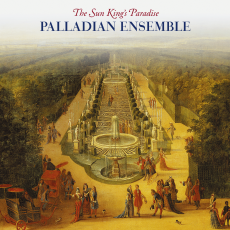Bach Trio Sonatas
Bach Trio Sonatas
Choose quality
CD Quality FLAC
- CD Quality ALAC
- MP3
- Trio Sonata in C Major BWV 530: VivaceComposer(s) JS Bach
Trio Sonata in C Major BWV 530: Vivace
03:21$1.80 - Duetto in E Minor BWV 802Composer(s) JS Bach
Duetto in E Minor BWV 802
02:22$1.80 - Duetto In F Major BWV 803Composer(s) JS Bach
Duetto In F Major BWV 803
03:15$1.80 - Trio Sonata in G Major BWV 525: Allegro ModeratoComposer(s) JS Bach
Trio Sonata in G Major BWV 525: Allegro Moderato
02:41$1.80 - Trio Sonata In G Minor BWV 527: AndanteComposer(s) JS Bach
Trio Sonata In G Minor BWV 527: Andante
05:04$1.80 - Duetto In G Major BWV 804Composer(s) JS Bach
Duetto In G Major BWV 804
03:00$1.80 - Duetto In A Minor BWV 805Composer(s) JS Bach
Duetto In A Minor BWV 805
02:36$1.80 - Trio Sonata In F Major BWV 529: AllegroComposer(s) JS Bach
Trio Sonata In F Major BWV 529: Allegro
04:20$1.80 - Fourteen 'Goldberg' Canons BWV 1087Composer(s) JS Bach
Fourteen 'Goldberg' Canons BWV 1087
07:14$2.70
Total running time: 74 minutes.
Album information
A joyful celebration of Bach's finest Trio Sonatas played to perfection by Palladians.
No composer was fonder of arranging his works into orderly and logical structures than Bach, and so it comes as not surprise that in the course of instructing his son Wilhelm Friedemann in organ playing and composition, he should assemble a collection of trio-sonatas for the organ. In Palladian Ensemble's version of four of the sonatas, they have simply given the two upper voices to the violin and recorder, the bass line to the viola da gamba, and added the implied continuo harmonies.
The programme also includes the four duetti from Part III of the Clavierübung (1739), works which resemble larger and more adventurous two-part inventions. These wonderful pieces are too rarely performed, perhaps because organists find the two-part texture anomalous, and harpsichordists think of them as organ music. Whatever the case, they fit easily and exactly on the viola da gamba and violin. The music demonstrates Bach's complete fluency in all forms of two-part counterpoint, including regular and double fugue, strict and free inversion and canon.
